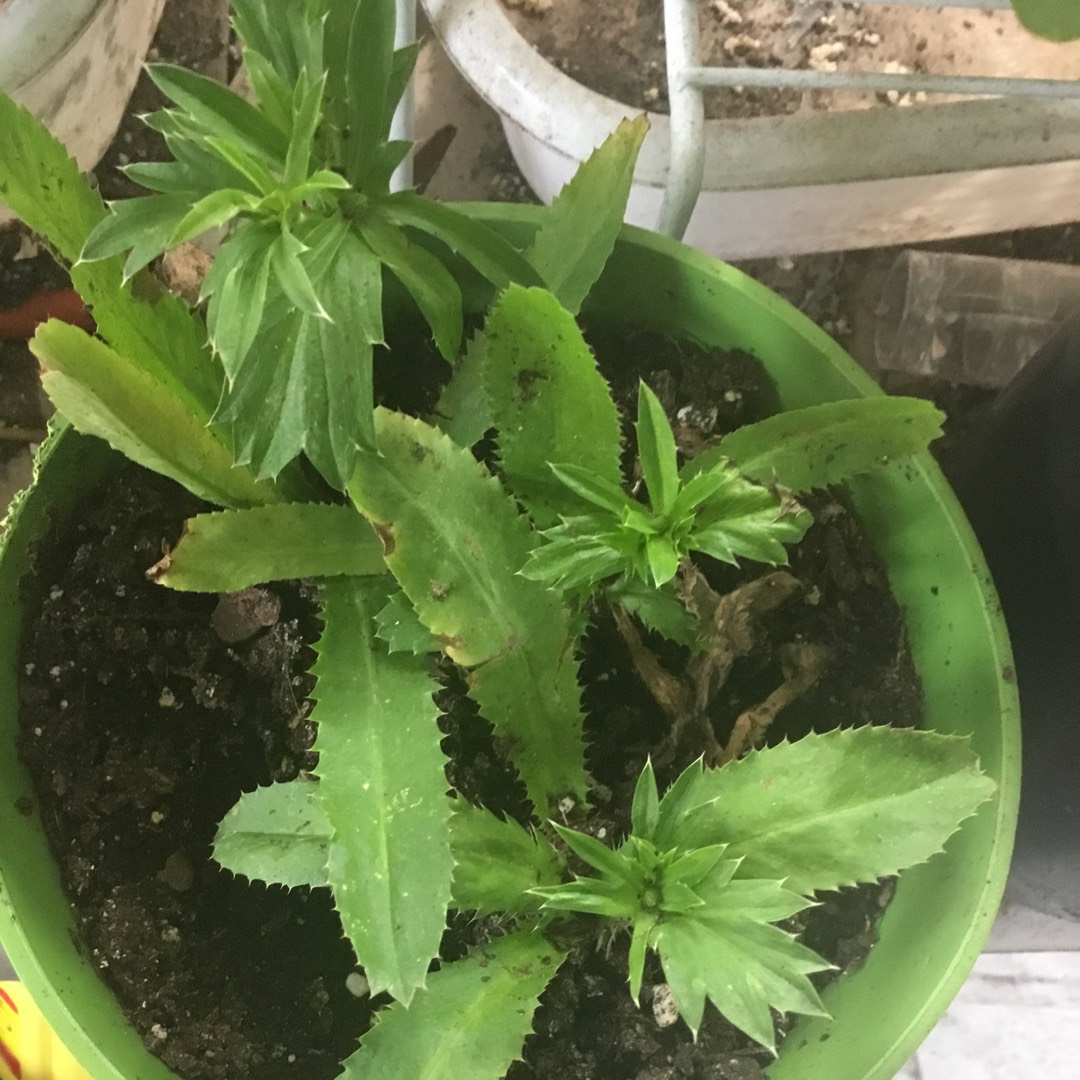
Eryngium foetidum
Culantro
'Culantro' forms a rosette of narrow, toothed leaves and bears small heads of greenish flowers, each head being surrounded by a ring of toothed bracts. The leaves are a popular seasoning herb.
-
Full sun
-
Very little water
-
Frost Hardy: 23F (-5°C)
-
Moist and free draining
Common name
Culantro
Latin name
Eryngium foetidum
type
Perennial
family
Apiaceae
ph
5.0 - 7.0 Acid - Neutral
Plant & bloom calendar
-
Best time to plant
-
When the plant will bloom
full grown dimensions
 0.50 M
0.50 M
0.50 M
0.50 M
Eryngium foetidum
'Culantro' forms a rosette of narrow, toothed leaves and bears small heads of greenish flowers, each head being surrounded by a ring of toothed bracts. The leaves are a popular seasoning herb.
Summer Flowering
From Early Summer TO Mid Autumn
Sea Holly is a strikingly attractive plant bearing rounded deep blue flowers and dark green, heart shaped leaves on upright stems in Summer. Cut hard back in Autumn
Planting
From Early Spring TO Mid Spring
Plant eryngiums where there is bright light, poor soil and good drainage in order to develop a strong, rigid framework and steely patina. If grown on damp, heavy soil (or in wetter parts of the country) most eryngiums stems tend to flop and become a dull, grey-green. However, eryngiums are very diverse: there are over 240 species worldwide. If you really want to grow them, try one or two in the driest hot spots you have. Some even do well on clay. Overwintering can be a problem, so choose a warm position and be prepared to protect a choice plant with fleece or straw in severe weather. These jagged plants need their own space to shine. They make a statement in a warm gravel garden planted among sun- lovers. Or use it as a plant sculpture at the forefront of a sunny, open area with bold planting behind












